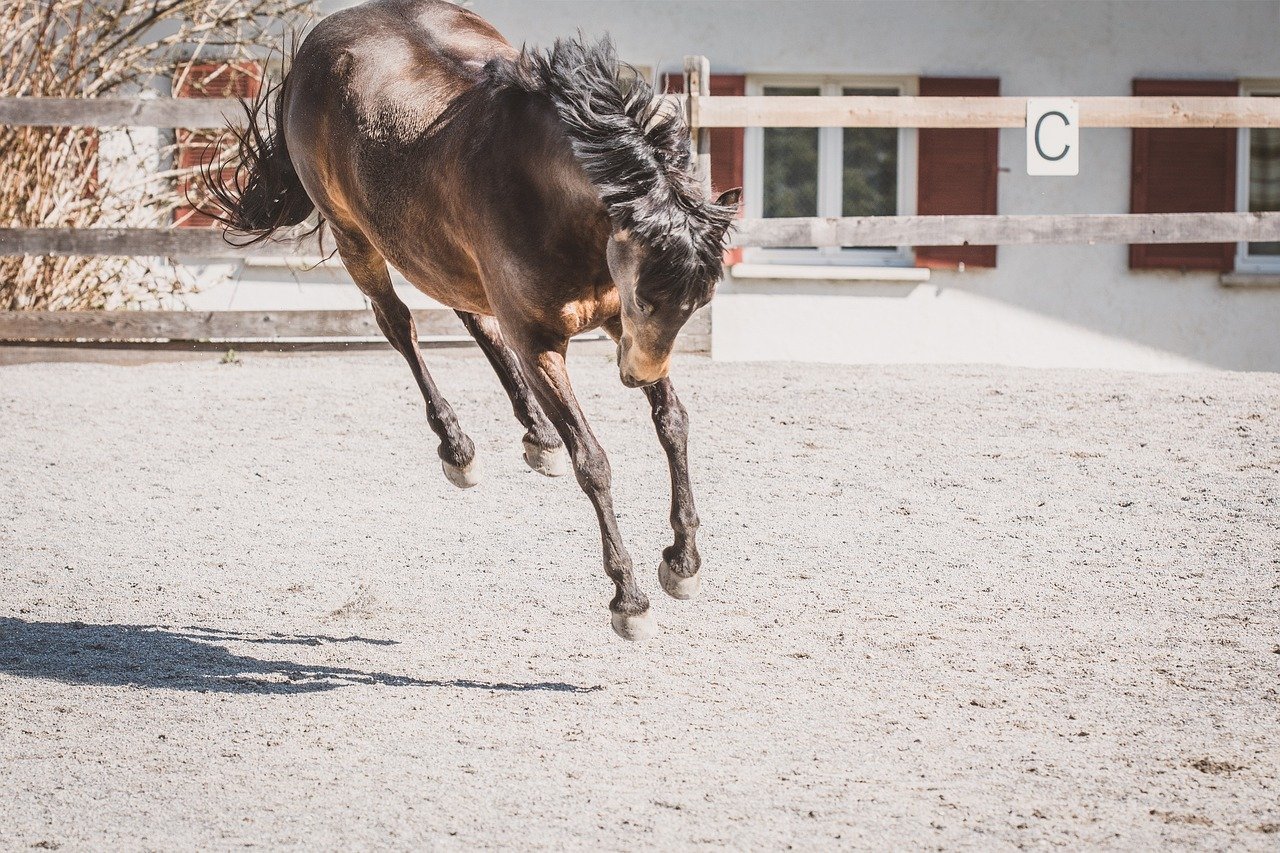Horses, these magnificent creatures, have been companions to humans for centuries, sharing our burdens and our joys. Yet, beyond their muscular build and flowing manes, lies a world of personality that is both fascinating and, at times, perplexing. Understanding a horse’s quirks can reveal much about their personality, offering insights into their emotions, preferences, and even their sense of humor. If you’re a horse lover, you know that each horse is unique, much like humans. Here are 10 quirks horses have that unveil their true personality.
1. The Playful Nicker
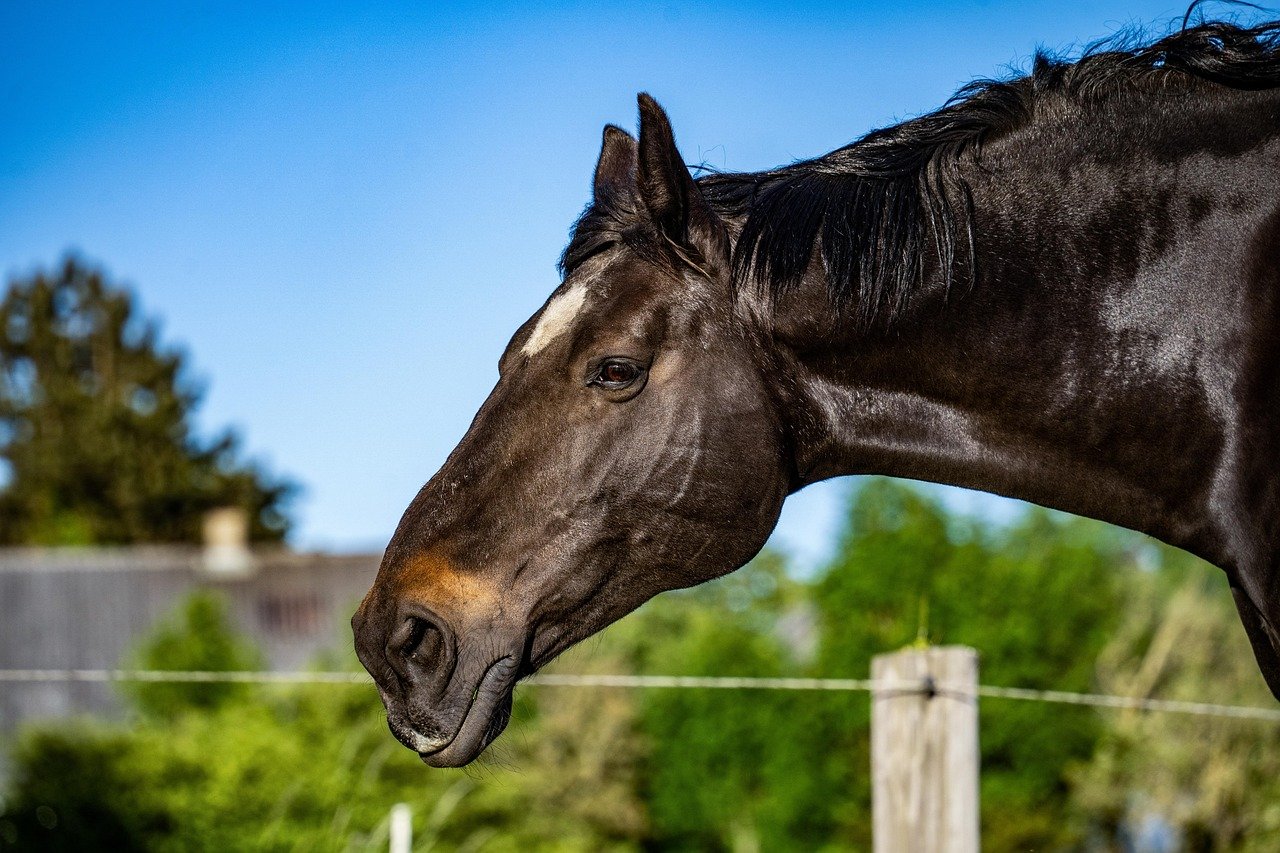
A horse’s nicker can be likened to a human’s laugh. It’s a soft and low sound that signals contentment or a friendly greeting. When a horse nickers playfully, it often means they are in a good mood, ready to engage in some light-hearted fun. This quirk is often seen in younger horses, who are still exploring the world around them with curiosity. Just like a child who giggles at a funny face, a horse’s playful nicker is an invitation to join in their joy. It’s a sign of a sociable and amicable personality, showing they are open to interactions and enjoy the company of their human friends.
2. The Head Toss

The head toss is a common quirk seen in many horses, and while it might seem like a simple act of rebellion, it often signifies excitement or impatience. Picture a teenager rolling their eyes when waiting for their turn to speak; horses toss their heads to express a similar sentiment. If your horse often displays this behavior, it might mean they have a spirited personality, eager to move and explore. It’s a reminder that while they are majestic creatures, they also have moments of impatience and zest for life, urging you to understand their desire for freedom and movement.
3. The Curious Nibble
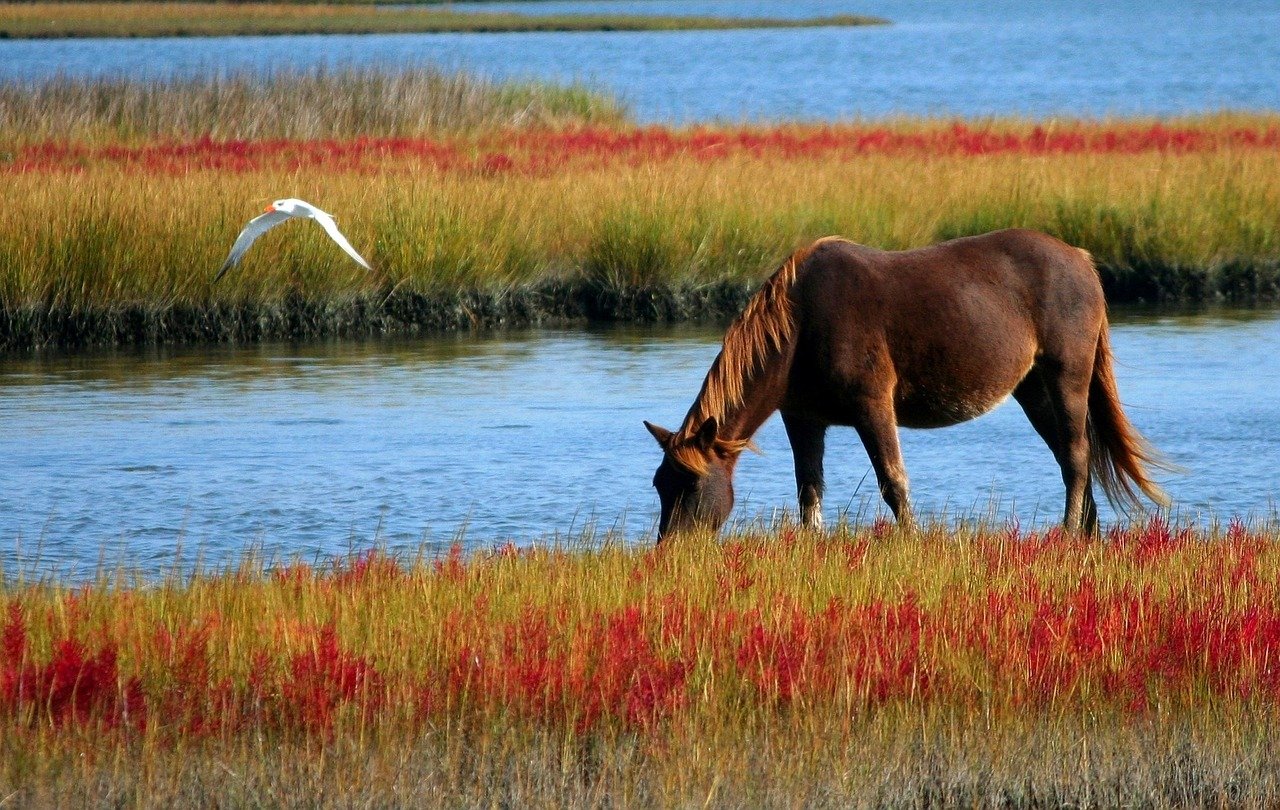
Horses are naturally curious animals, and one of the ways they investigate the world is through their mouths. The curious nibble is a gentle way for a horse to explore their surroundings, akin to a child touching everything they see. This quirk is often a sign of an inquisitive personality, one that is eager to learn and understand. Horses that nibble are usually intelligent and alert, constantly processing new information. They are the thinkers of the equine world, always wanting to know more about their environment and the people within it.
4. The Tail Swish

While a swishing tail might seem like a mere effort to swat away flies, it can also be a window into a horse’s emotions. A quick, sharp swish can indicate irritation or annoyance, similar to a human frowning when something doesn’t go their way. On the other hand, a slow and gentle swish might mean relaxation and contentment. Observing a horse’s tail can provide clues about their mood and comfort level, offering insights into their temperament. A horse with a frequently swishing tail might have a fiery and passionate personality, while one with a calmer tail might be more laid-back and easygoing.
5. The Ear Flick
A horse’s ears are incredibly expressive and can reveal a lot about what they’re thinking or feeling. When a horse flicks its ears back and forth, it is often trying to gather more information about its surroundings. This quirk is akin to a person cupping their ear to hear better. Horses with active ears are usually alert and attentive, always aware of what’s happening around them. They are the vigilant guardians of their domain, always ready to respond to new stimuli. Understanding the ear flick can help you gauge a horse’s level of interest or concern in any given situation.
6. The Pawing Ground
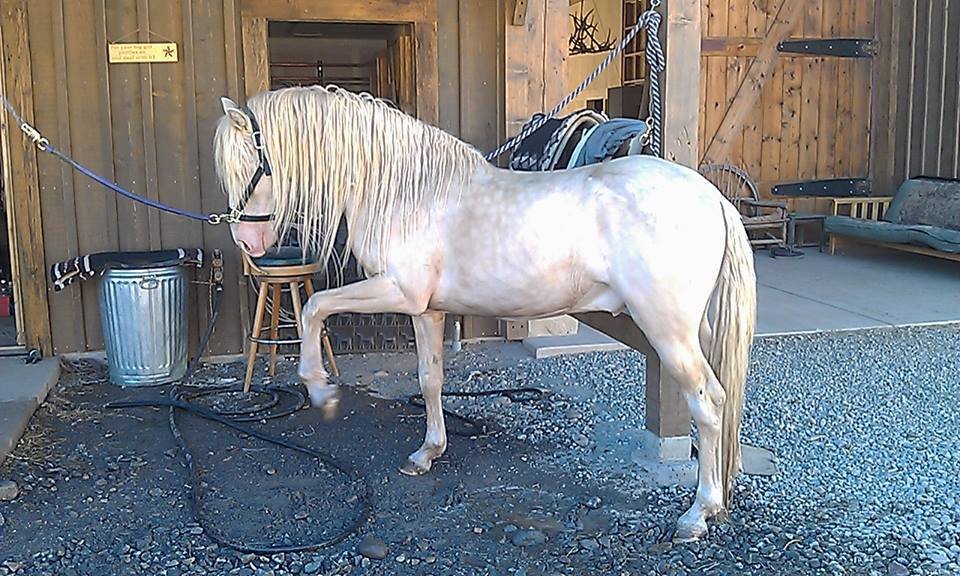
Pawing at the ground is a behavior that can be seen in many horses, and it usually indicates impatience or restlessness. Imagine tapping your foot when waiting for a long time; horses paw the ground to express a similar feeling. This quirk might suggest a horse with a strong-willed and determined personality, one that doesn’t like to be kept waiting. It’s a reminder that horses have their own timelines and can become frustrated when things don’t move at their pace. Understanding this behavior can help in managing their expectations and ensuring they remain calm and comfortable.
7. The Lip Twitch
Horses have sensitive lips, and a twitch can be a sign of curiosity or amusement. Much like a human smile, a lip twitch can indicate that a horse is enjoying itself or is intrigued by something. This behavior is often seen when a horse is being groomed or petted, showing that they are relishing the attention. Horses with this quirk are often friendly and approachable, enjoying the company of others. They are the social butterflies of the horse world, always ready to engage and interact with their human companions.
8. The Snort of Approval
A snort might sound intimidating, but in the world of horses, it can be a sign of approval or satisfaction. When a horse snorts, it often means they are content with their environment or have accepted a new situation. It’s a way for them to clear their nostrils and signal that all is well. This quirk is a sign of a confident and self-assured horse, one that is comfortable in its surroundings. Understanding this behavior can help you know when your horse is feeling secure and happy, offering peace of mind to both horse and owner.
9. The Gentle Lean
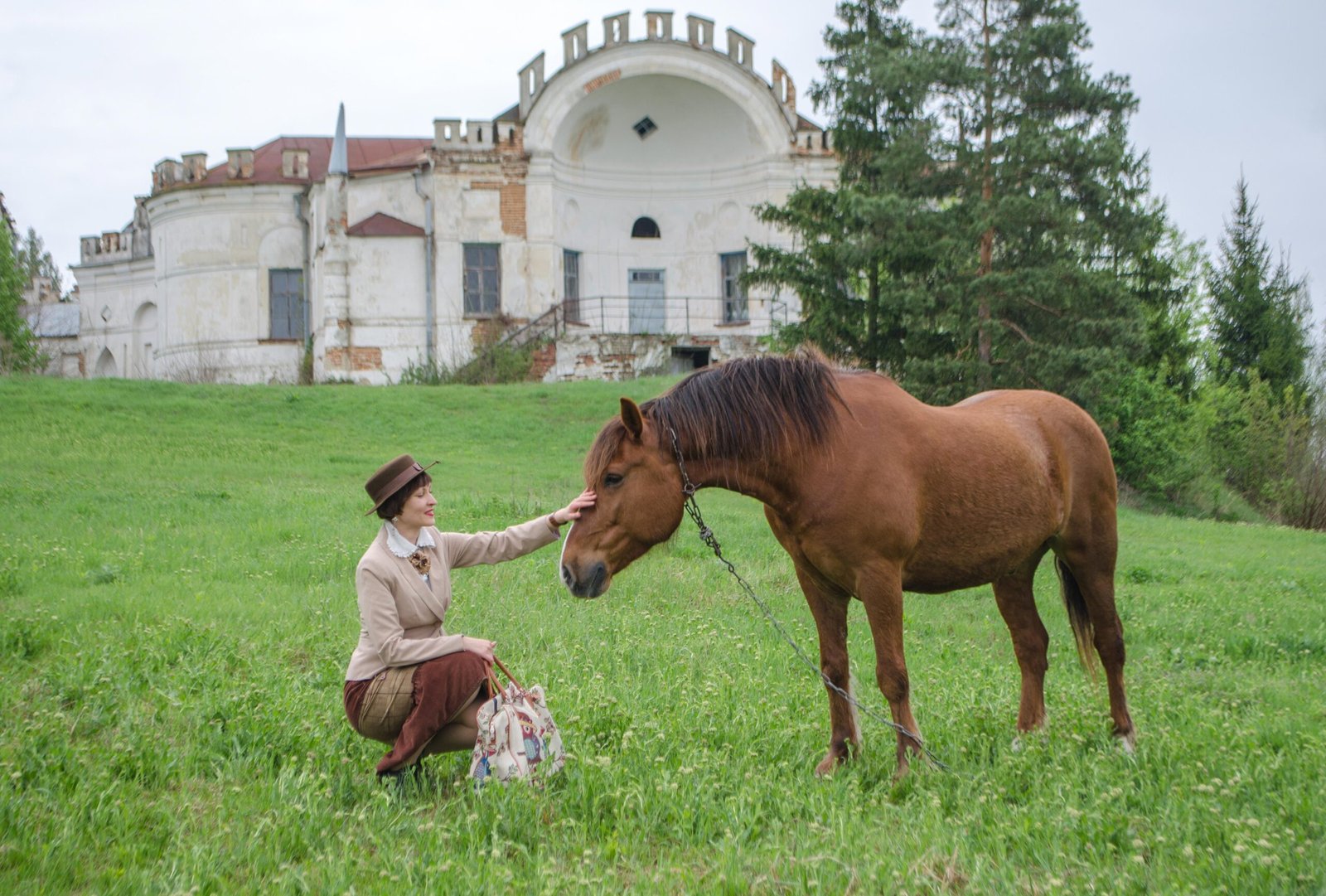
When a horse leans gently against you, it’s a sign of trust and affection. This quirk is similar to a person leaning on a friend’s shoulder, seeking comfort and support. Horses that exhibit this behavior are often affectionate and loyal, forming strong bonds with their human companions. They are the nurturers of the horse world, always ready to offer warmth and companionship. This behavior is a testament to the deep connection that can exist between a horse and its owner, a bond built on mutual trust and respect.
10. The Joyful Buck

A buck might seem like an act of defiance, but for many horses, it’s a joyful expression of energy and vitality. Much like a child jumping for joy, a horse that bucks is often celebrating life and freedom. This quirk is common in spirited and energetic horses, those with a zest for life and a love for movement. Understanding the joyful buck can help you appreciate a horse’s enthusiasm, knowing it’s a sign of happiness and exuberance. It’s a reminder that horses, like humans, have moments of sheer joy that are worth celebrating.
Understanding these quirks can deepen your relationship with your horse, offering insights into their unique personality and emotions. Each behavior is a glimpse into their world, a world that is rich with emotion and character. Embrace these quirks, for they are what make each horse special and reveal the true essence of their being.

Esther is from India; the heartbeat of South Asia, holding a Master’s degree in Zoology and a postgraduate diploma in Animal Welfare. Her enthusiasm for animal welfare drives her passion and dedication to working for animals, ensuring their well-being, and advocating for their rights. With a solid academic background and hands-on experience, she is committed to making a positive impact in the field of animal welfare. In her free time, she enjoys embroidery and sewing. As a Chennaite from Tamil Nadu, Esther loves Bharathanatyam, an Indian classical dance form.

